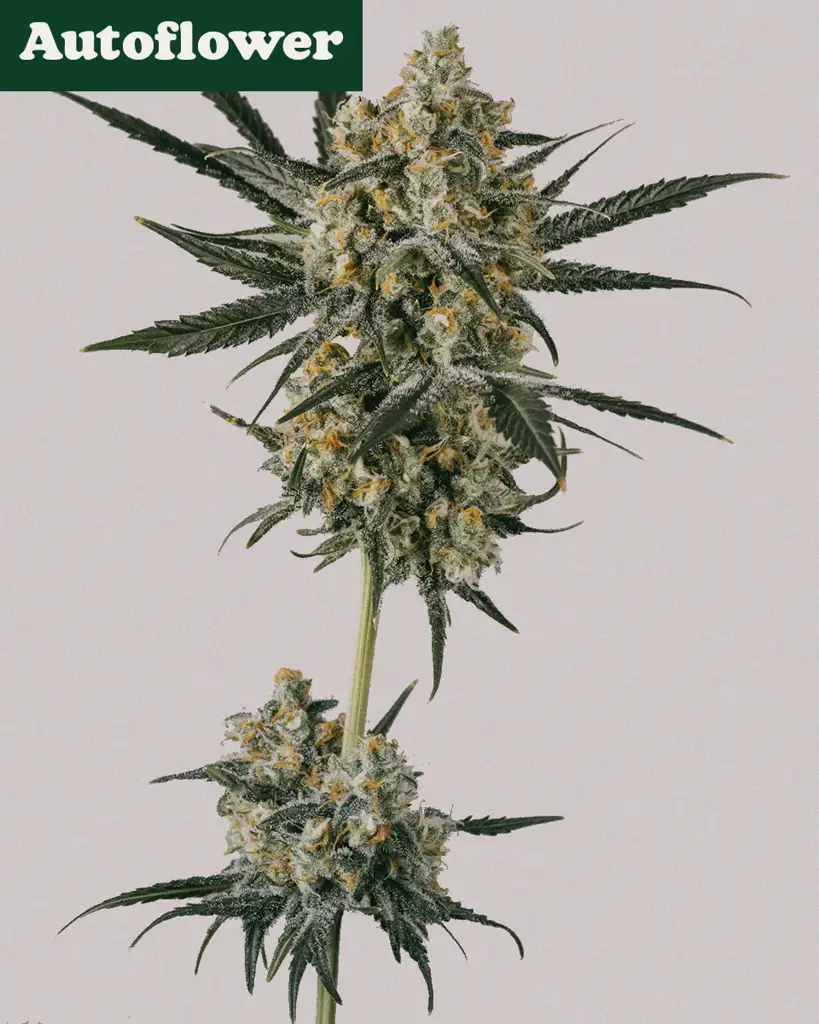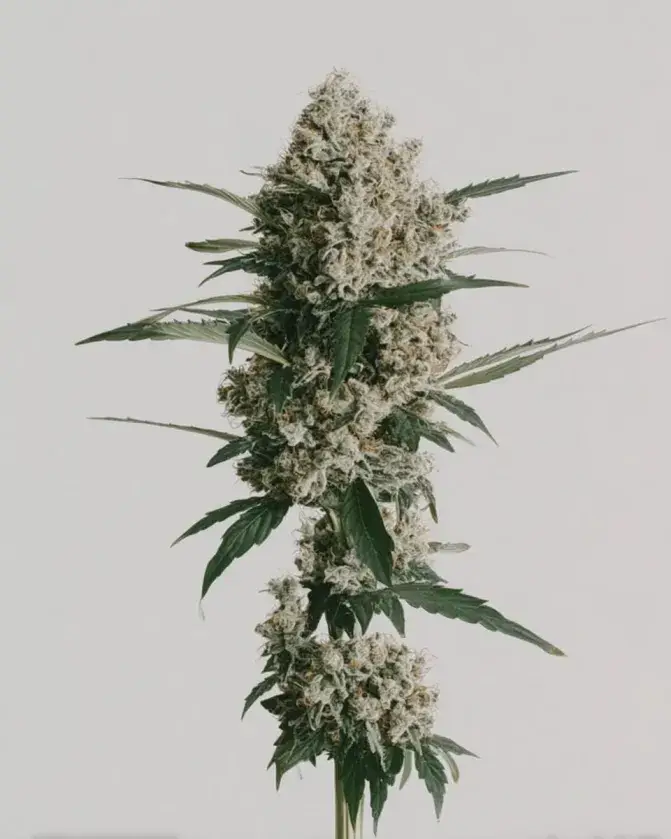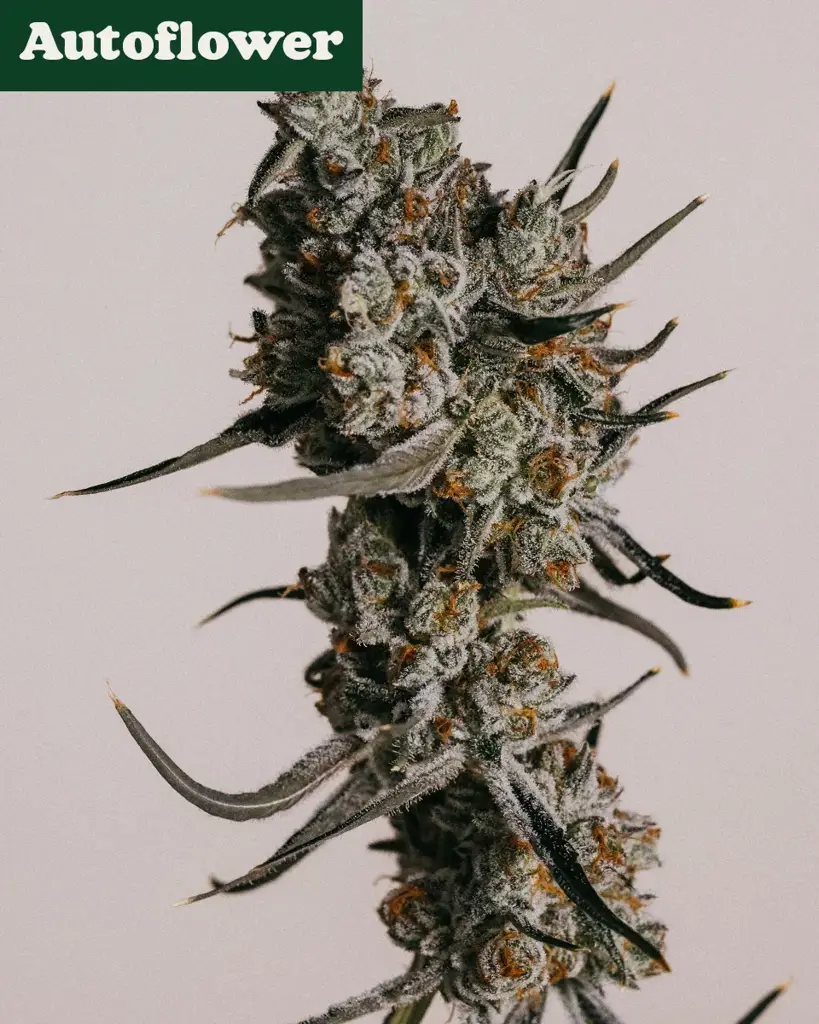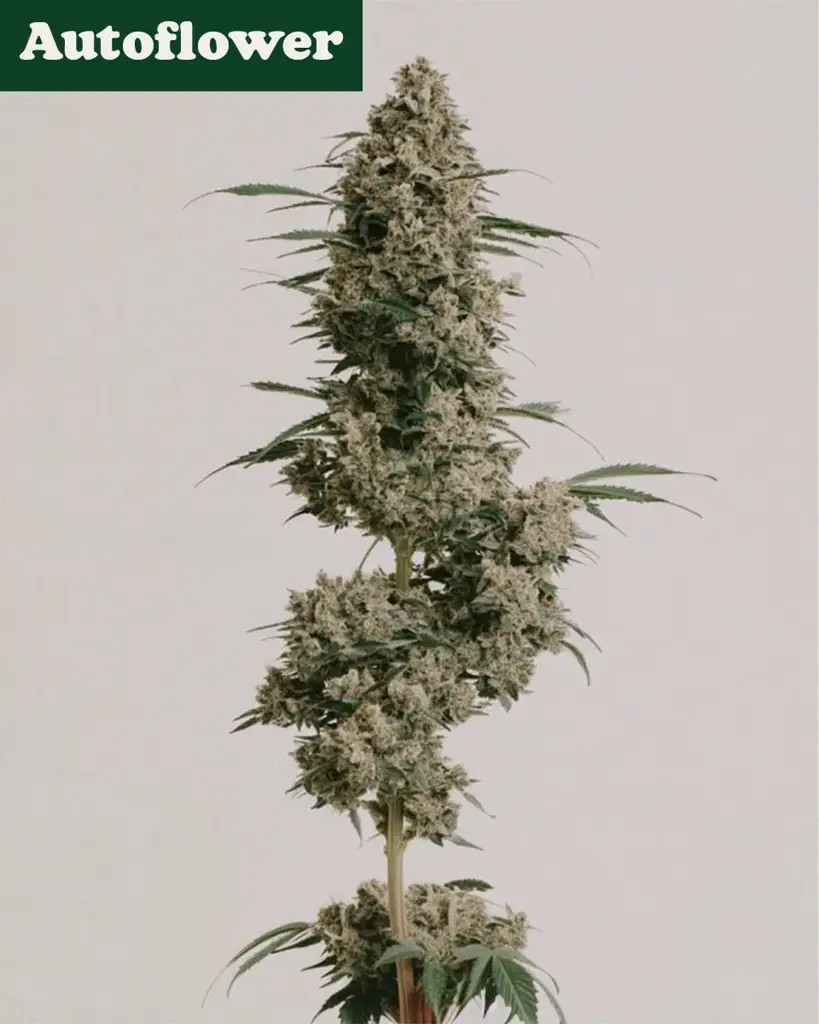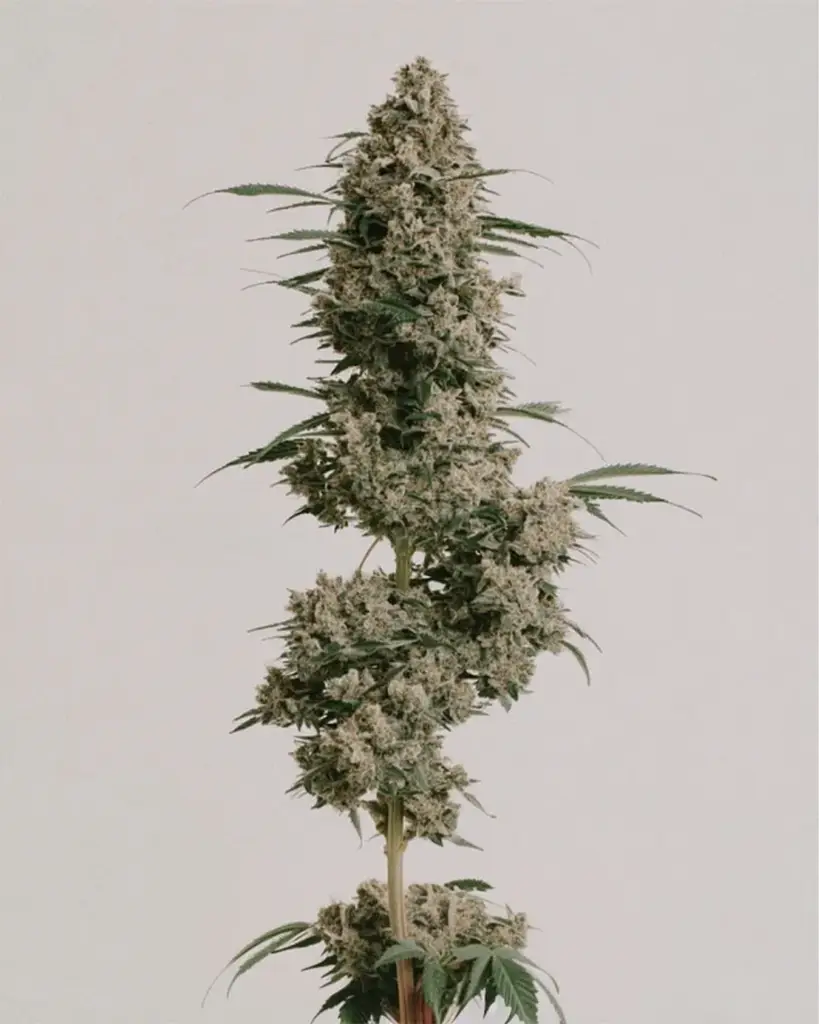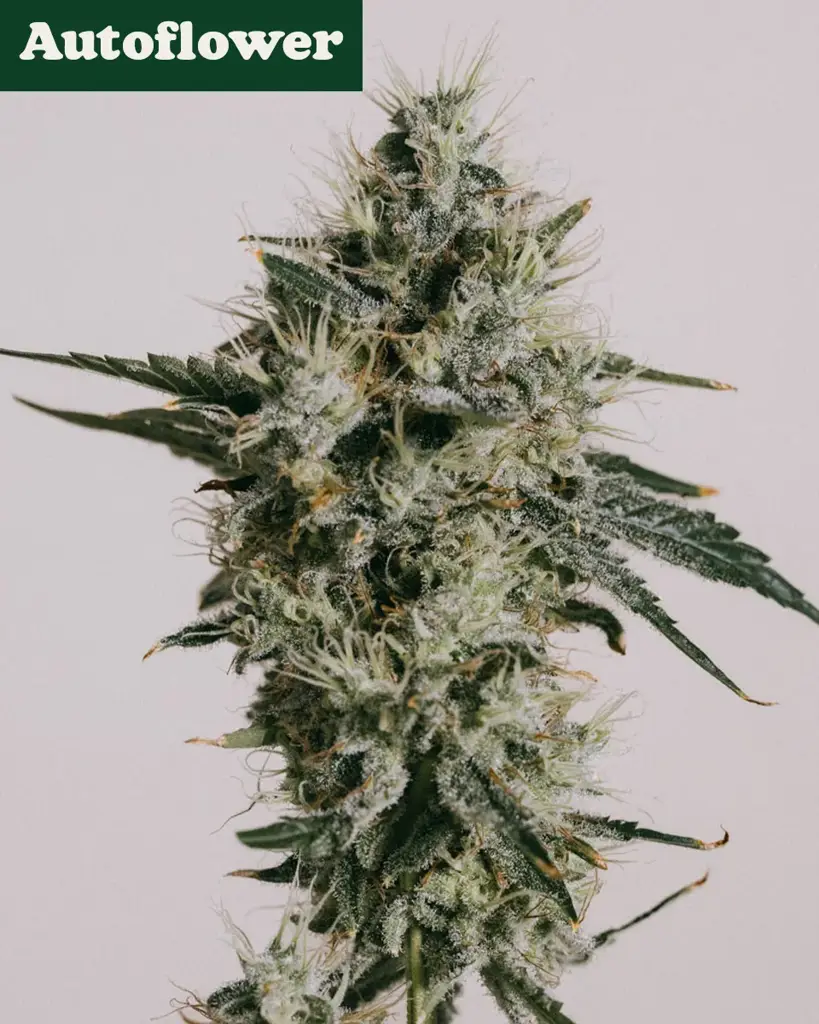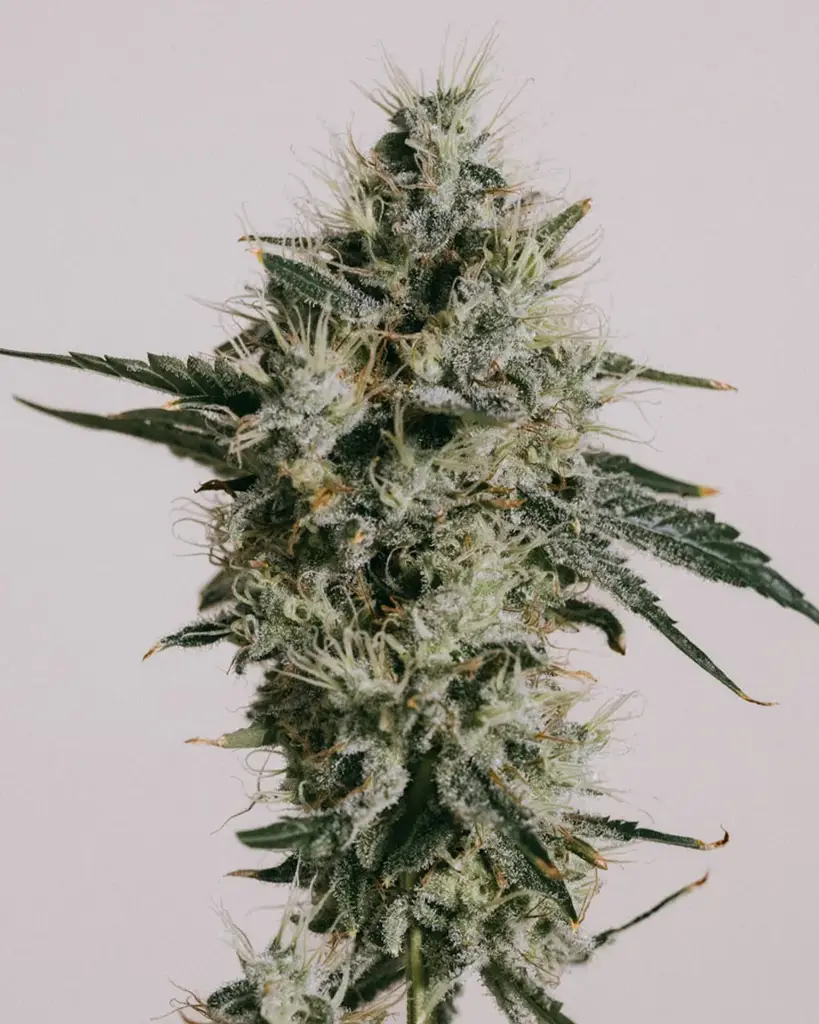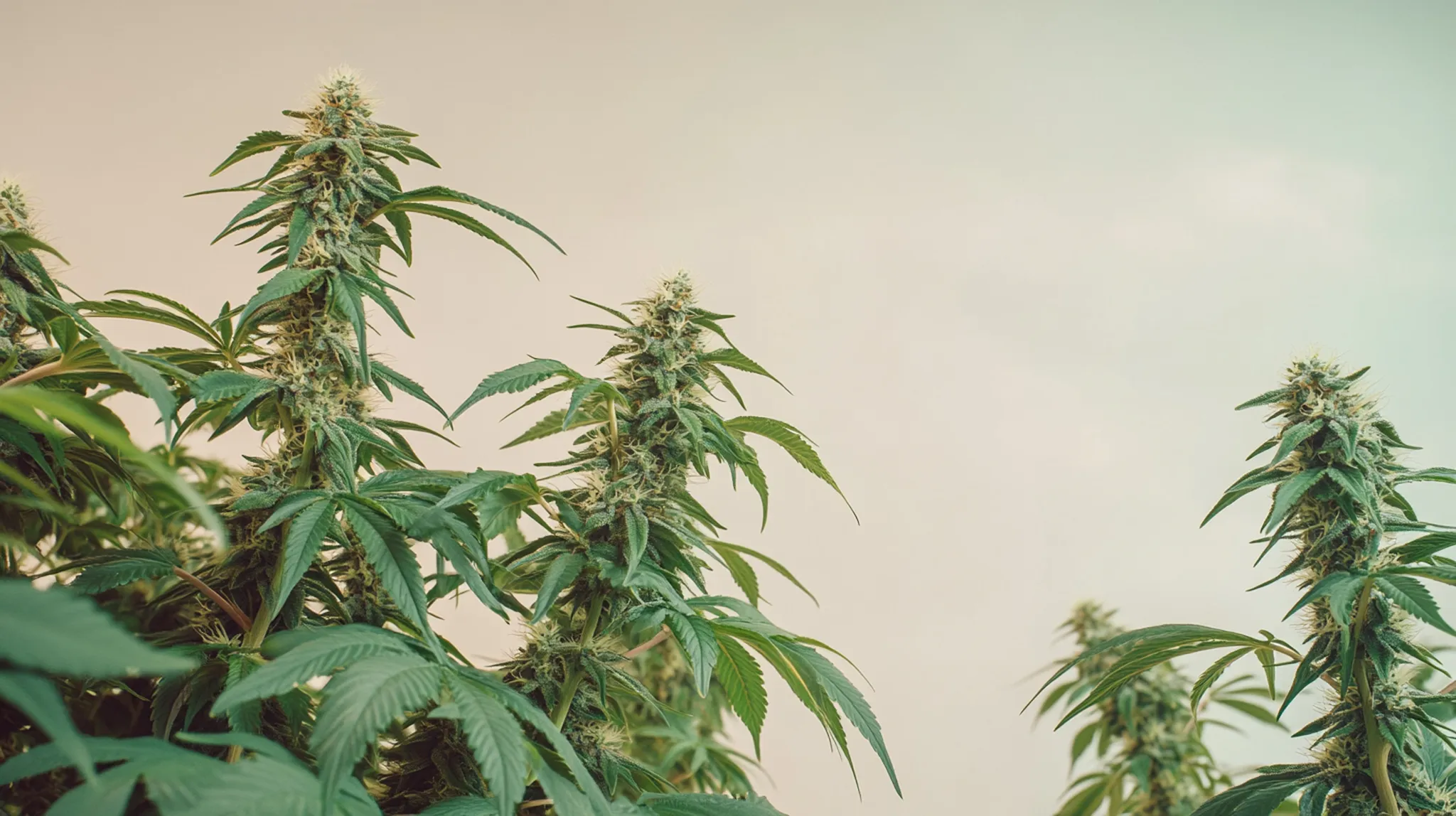
A Beginner's Guide To LED Grow Lights for Cannabis
If you’re just getting started with growing cannabis indoors, one of the biggest decisions you'll have to make is choosing the right type of light. Lights are crucial to growing weed indoors—after all, light is what keeps your plants thriving.
Table of contents
- Why LED Grow Lights Are Perfect for Growing Weed Indoors
- Advantages of Using LED Grow Lights
- Are There Any Downsides?
- Comparing LED Grow Lights to Other Grow Lights
- How Do LED Grow Lights Work?
- Choosing the Right LED Grow Light for Your Setup
- Common Problems and Tips for LED Grow Lights
- Reputable LED Brands to Consider
- Why LED Grow Lights Are the Best for Beginners
In this guide, I’ll walk you through LED grow lights and why they’re a great option for beginners. We'll cover everything from how LED lights work to why they're often considered the best choice for growing weed indoors. Let's dive in!
Why LED Grow Lights Are Perfect for Growing Weed Indoors
If you've heard about LED grow lights for cannabis, you might be wondering why everyone seems to be using them. It wasn’t always this way—LED lights weren't always as popular with cannabis growers. However, as technology has advanced, LED grow lights have become a go-to option. They’re now among the best lights for indoor growing, offering energy efficiency, low heat output, and ease of use, which are all essential for beginner growers.
Our Bestsellers
Advantages of Using LED Grow Lights
LED grow lights offer a ton of benefits for cannabis growers. Let’s look at some of the main reasons why these lights are a game-changer for indoor growing:
Energy Savings: LED grow lights for weed consume much less electricity compared to traditional HID lights. This can save you around 40% on your energy bill. For beginners, this means less worry about high electricity costs.
Long Lifespan: Good LED grow lights last between 50,000 to 60,000 hours, while HID lights often burn out after just a few thousand hours. That’s a big difference, meaning fewer replacements and less hassle.
Less Heat: LED lights produce significantly less heat, which means you won’t need a complex cooling setup. This makes them especially beginner-friendly—you don’t want to deal with heat stress or risk burning your plants. Plus, it’s safer since the risk of fire is much lower.
Compact and Easy to Set Up: LED grow lights don’t take up much space. They’re easy to manage and can be used in small indoor grow areas—perfect if you’re growing in a closet or a small room.
Focused Light: LEDs come with lenses that focus light directly onto your cannabis plants, making them more efficient. Unlike other lights, there's no need to use bulky reflectors.
Are There Any Downsides?
The main downside to LED grow lights is the upfront cost. High-quality LED grow lights can be pricier than other options like CFL or MH/HPS lights. But think of it as an investment: while they might cost more at the beginning, they end up saving you money in the long run due to energy savings and a longer lifespan. You’ll also need to make sure your LEDs have proper heat management—though they don’t run as hot as HPS lights, they still produce some heat that needs to be dealt with, usually with built-in heat sinks.
Comparing LED Grow Lights to Other Grow Lights
Now that you know the basics, let’s compare LED lights to some of the other common grow lights out there, like CFLs and MH/HPS lights.
LEDs vs. CFLs
CFLs (compact fluorescent lights) have been used by cannabis growers for a long time. They’re a decent option if you’re on a very tight budget, but LEDs are far more efficient. CFLs generate more heat and need to be placed much closer to the plants—meaning more daily adjustment. LEDs, on the other hand, don’t need to be moved as often, and they’re equipped with cooling systems that make them safer and easier to manage. If you want to save time and effort, LED grow lights are definitely the way to go.
LEDs vs. MH/HPS Lights
MH (metal halide) and HPS (high-pressure sodium) lights are another popular choice. They can be cheaper upfront but use more electricity and get much hotter, requiring extra fans or cooling systems. MH/HPS lights do produce great yields, but many growers are switching to LED grow lights because they offer more control over heat, cost less in the long run, and can even produce higher quality buds with more trichomes and richer aromas.
How Do LED Grow Lights Work?

LED grow lights work by passing an electric current through a semiconductor, which produces light. What makes them different from other types of grow lights is that they can be made to emit very specific wavelengths—perfect for cannabis growing. Most LED grow lights for cannabis are full-spectrum, which means they cover everything from blue light (for veg growth) to red light (for flowering). This makes them versatile and efficient for every stage of growth.
Understanding Light Spectrum
When you’re looking for the best LED grow lights for cannabis, you’ll want something that offers a full spectrum. Full-spectrum LEDs mimic natural sunlight, covering the range of light that plants need to thrive. Here’s a quick breakdown:
Blue Light: Encourages vegetative growth—this is what makes your plants grow tall and strong.
Red Light: Essential for flowering, helping your cannabis plants produce big, healthy buds.
White LED Lights: Often referred to as the best grow lights because they closely mimic natural sunlight, ensuring your plants get everything they need for healthy growth.
Understanding Key Terms: PAR, PPF, and PPFD
When choosing an LED grow light, understanding these technical terms can help you make an informed decision:
PAR (Photosynthetically Active Radiation): This refers to the spectrum of light that plants use for photosynthesis. LEDs with higher PAR output ensure more effective growth.
PPF (Photosynthetic Photon Flux): Measures the total light output of a grow light in micromoles per second (µmol/s). Higher PPF means more light photons are reaching your plants.
PPFD (Photosynthetic Photon Flux Density): Indicates how much light reaches your plant's canopy, measured in µmol/m²/s. Aim for specific PPFD ranges based on growth stages:
Seedling Stage: 200–400 µmol/m²/s
Vegetative Stage: 400–600 µmol/m²/s
Flowering Stage: 600–1000 µmol/m²/s
Indoor Grow?
Choosing the Right LED Grow Light for Your Setup

Picking the best LED grow lights for weed depends on your grow space and budget. Here’s what to look for:
Wattage: For smaller grows, a light between 200-400 watts will do the job. For larger spaces, go for higher wattage—something above 600 watts.
Spectrum: Look for full-spectrum LED grow lights, sometimes labeled as “white light” or “multi-band.” These lights will support your plants from seedling to harvest.
Heat Management: Make sure your LED lights come with good heat sinks or cooling fans. This is crucial for keeping temperatures in check and ensuring the longevity of your lights.
Ease of Use: Look for simple setup and maintenance. Adjustable height and dimmable options are a bonus.
Durability: High-quality materials and warranties ensure long-term reliability.
Advanced Features to Consider
While not essential, the following features can enhance your growing experience:
Dimmable Intensity: Allows you to adjust light output for different growth stages.
Spectrum Control: Some LEDs enable wavelength adjustments to optimize growth phases.
Daisy-Chaining: Connect multiple units for larger grow spaces.
Common Problems and Tips for LED Grow Lights
Using LED grow lights is easier than using traditional grow lights, but there are still a few things to keep in mind:
Light Distance: Always check the manufacturer’s instructions on how far your LED grow lights should be from your cannabis plants. If your plants start showing signs of stress (like curling leaves), the lights might be too close.
Color Changes: Sometimes, LED lights can make your plants look different—discoloration doesn’t always mean there’s a problem. Just keep an eye on the overall health of your buds.
Quality Matters: With LED grow lights, you often get what you pay for. Cheap lights might not provide the full spectrum your plants need, leading to lower yields and quality. Invest in good quality cannabis growing LED lights for the best results.
Reputable LED Brands to Consider
When you’re ready to buy, make sure you choose from reputable brands. Here are some well-known names that cannabis growers trust:
Mars Hydro: offers a diverse range of LED grow lights suitable for various growing environments. The FC-EVO Series, for instance, utilizes Samsung LM301H EVO chips, providing high efficacy and a full spectrum of light beneficial from seedling to flowering stages. These lights are designed to enhance flowering, resulting in higher quality crops and greater yields.
Horticulture Lighting Group (HLG) based in the USA, is acclaimed for its Quantum Board LED grow lights, which offer high efficiency and superior light distribution. Models like the HLG 550 V2 R-Spec are designed to replace traditional HID lighting systems, providing a full-spectrum light suitable for all growth stages. HLG's products are known for their reliability and performance, making them a popular choice among indoor growers.
Why LED Grow Lights Are the Best for Beginners
LED grow lights are an excellent choice for beginners because they’re energy-efficient, easy to set up, and produce less heat. You don’t need to worry about complicated cooling systems, and you’ll save money in the long run. Plus, the quality of the buds—dense, potent, and flavorful—is hard to beat. If you’re planning on growing weed indoors, the best grow lights you can get are LED grow lights.
Now that you know what makes LED lights such a great option for cannabis growing, you’re ready to get started! Just remember to keep an eye on light distance, invest in quality lights, and, most importantly, have fun with your grow.
Happy growing!
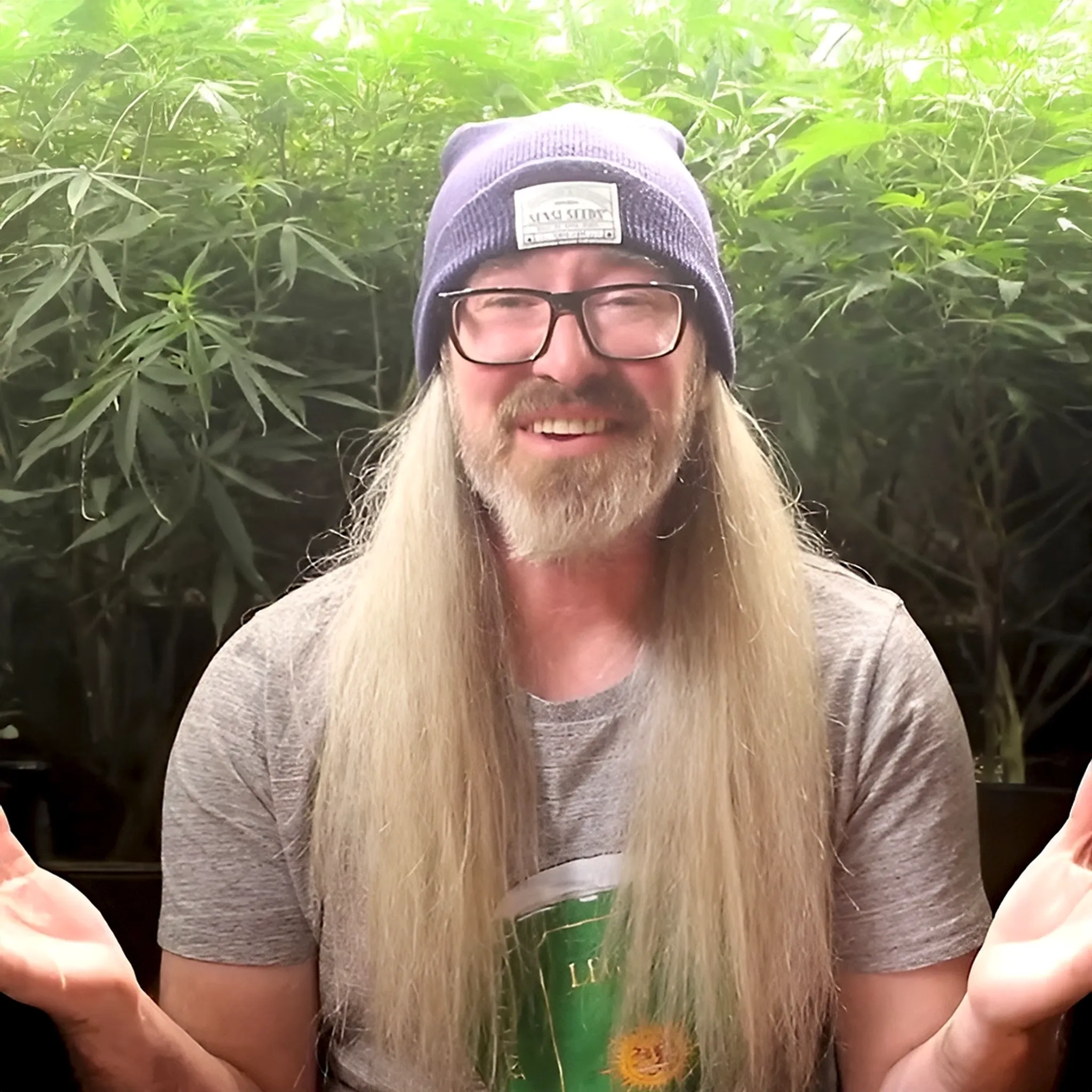
Chad Westport
Chad Westport, a lifelong grower, breeder & cannabis educator, specializes in controlled environment ag with a degree in sustainability.


